Is the venture builder model better than traditional VC?

The venture builder model is growing. It seems to be better than venture capital. Whilst both have their merits, venture builders are more enabling and beneficial for a promising startup, especially one which lack expertise of a certain area.
It is no news that the chances of getting Venture Capital funding is getting tougher and tougher. Actual hard results are, more often than not, required before a Venture Capital would commit. Today, digital technology has lowered startup cost. Therefore entrepreneurs find it difficult to justify raising fund solely based on business expense and hiring.
Venture Builder as a bridge to Venture Capital
Whilst entrepreneurs may struggle to get venture capital, venture builder companies like Ant Internet stand a higher chance to secure one. Simply speaking, Venture Builder fills up the gaps between an entrepreneur and Venture Capital.
An entrepreneur may have a brilliant idea but may not have the resources and know-how to develop a Minimum Viable Product or even a prototype.
Hence, we hear many still fail to secure funding.
However, a Venture Builder has in place, with built frameworks and infrastructures to manufacture products, funds, marketing strategies, human resources, company culture, and the expertise to accelerate growth. Naturally, Venture Capital will rather invest in a Venture Builder simply out of lower risk.
If a Venture Builder finds a workable idea in a team of trusted and capable co-founders to run the business operations, it may seal a new venture, and another great business can spring out of it.
The Difference
Venture Capitals may not want to dwell into the hard sweaty work of a Venture Builder and like a typical investor, only provide X amount of funds and expect Y in return.
But a Venture Builder, as the word “builder” speaks for itself, often builds child products of all digital and technology kinds. They build stuff. They have the builder DNA in them.
Area |
Route to fundraising |
|
Venture Capital |
Venture Builder |
|
| Funding | Direct methods (cash injection, etc) | Indirect funding (salary, product development, marketing expenses) |
| Product development | A prototype, if not a MVP, is required beforehand | Can be jointly or entirely done by Venture Builder core development team |
| Workspace & Hiring | Venture Capital can recruit executive and advise. No work space | Co-working space and talents available in place |
| Marketing | Solely entrepreneur’s initiative | Early marketing strategy and setup will be done by Venture Builder |
| Trainings & mentorship | Usually mentorship | Trainings and mentorship |
| Administration and Legal | Solely entrepreneur’s initiative | Plugged into Venture Builder infrastructure |
| Company culture | Defined by Entrepreneur | Venture Builder culture, until the business stands and run on its own with its own staff. |
| Proven track record or user size | Required. Traction should have been kick-started | Not pre-requisite. Strategic partnership, commitment, and experience are more important |
| Equity | Venture Capital takes less equity | Venture Builder takes more |
| Risk sharing | Venture Capital takes less risk, thus a harder selection process | Venture Builder takes on much more risk. |
| Industry preference | Portfolio of Venture Capital can be diverse | Venture Builder likely to be very selective. |
| Expectation on entrepreneur | Return on investment | Execution; Speed to scale is important |
Whilst it seems Venture Builder has more advantages, there are very few able to work with Venture Builders. Execution speed is the cornerstone to its success. Therefore, often the lack in sense of ownership by entrepreneur might account for its pressure mounting from Venture Builder side.
Despite the pros and cons, which side will you choose?
—-
Echelon Asia Summit 2018 is e27’s flagship platform that brings together startups, investors, corporates, governments, tech ecosystem players and customers.
Register for your conference passes today.
e27 publishes relevant guest contributions from the community. Share your honest opinions and expert knowledge by submitting your content here.
Photo by Adeolu Eletu on Unsplash
The post Venture builder model vs. venture capital, what are the differences and advantages? appeared first on e27.




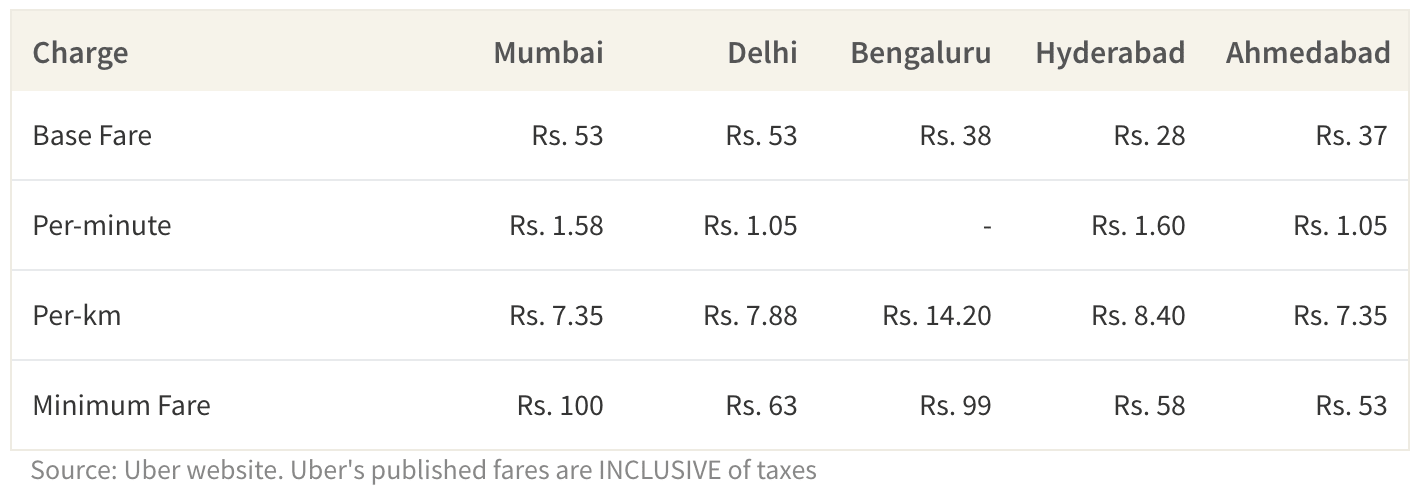
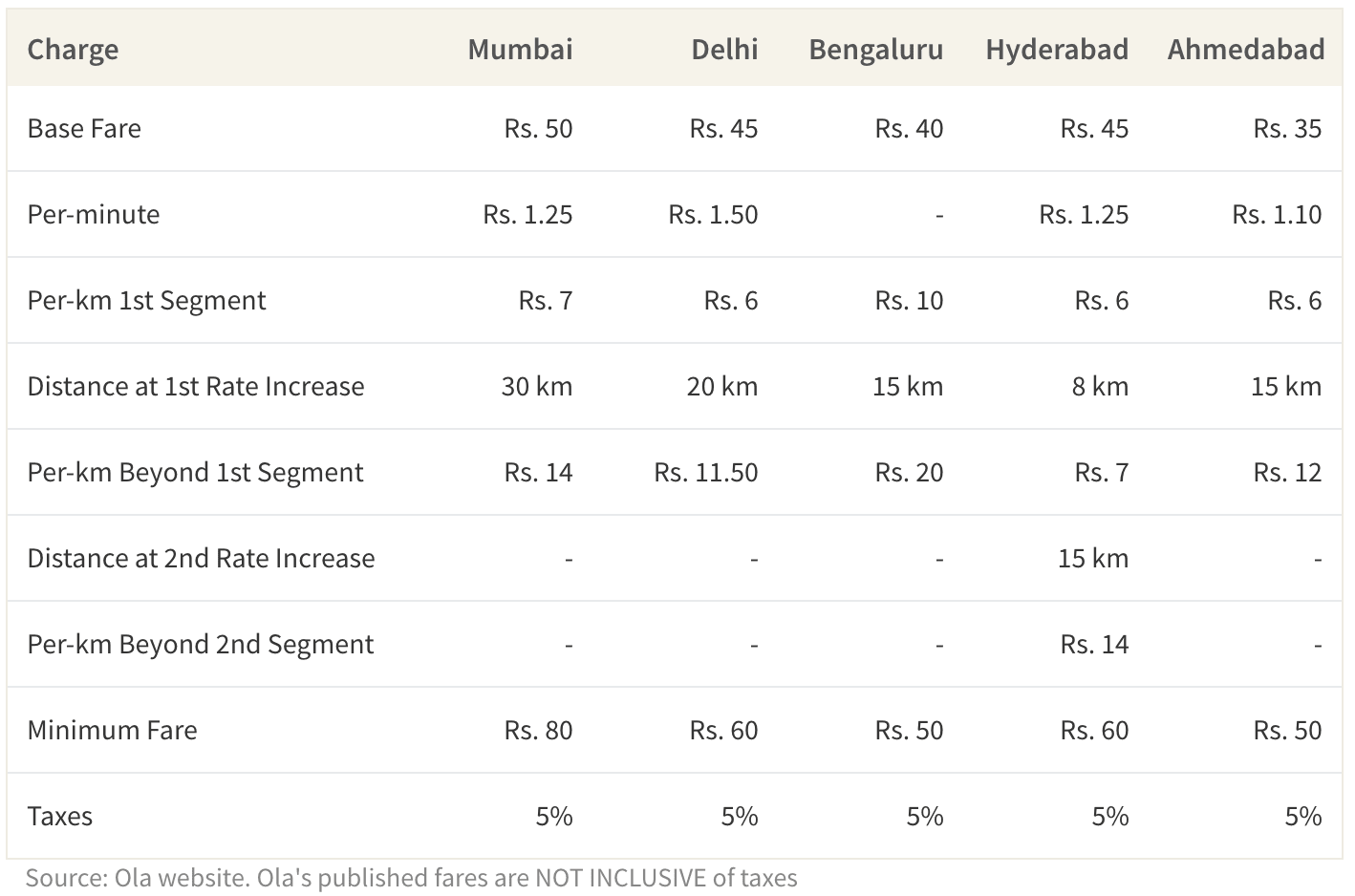
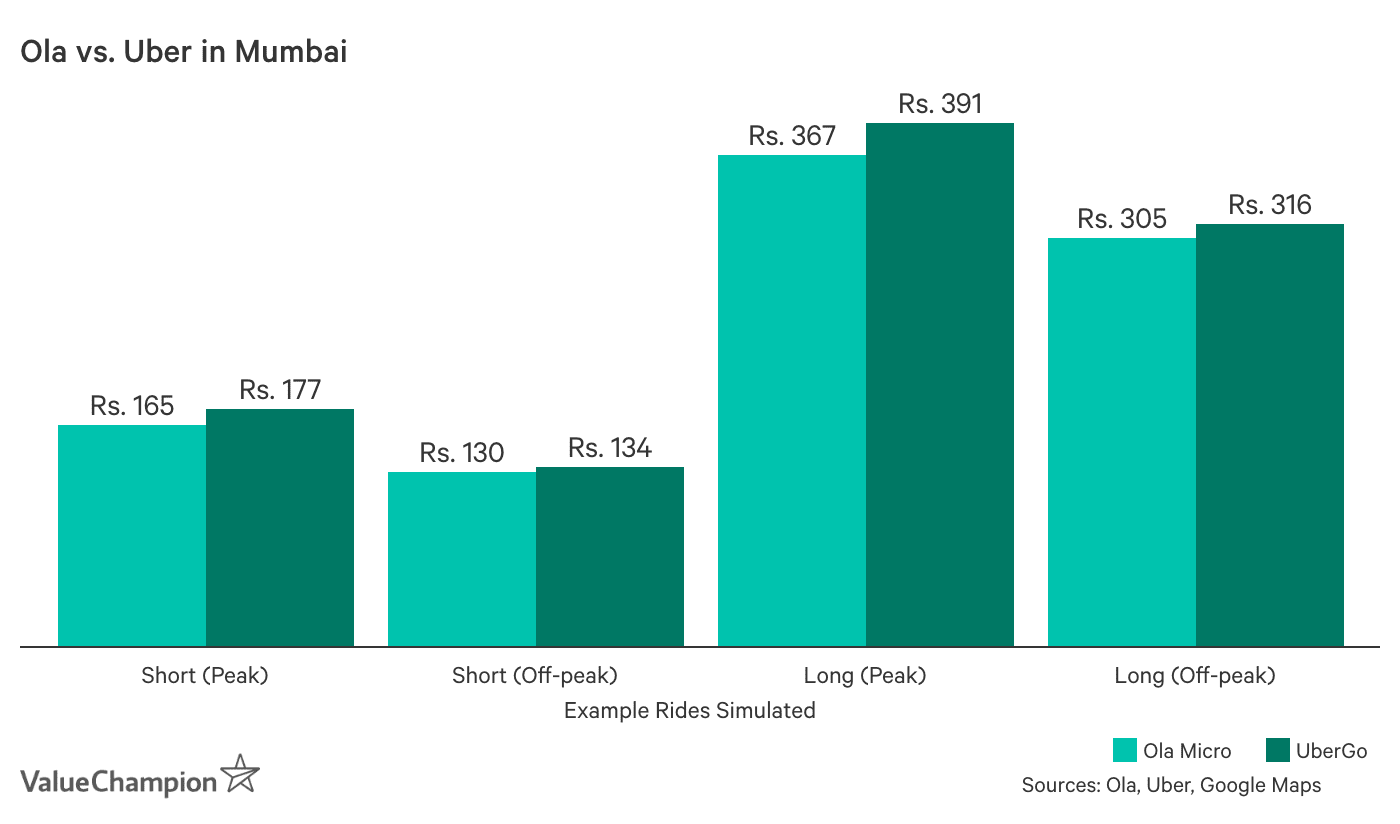
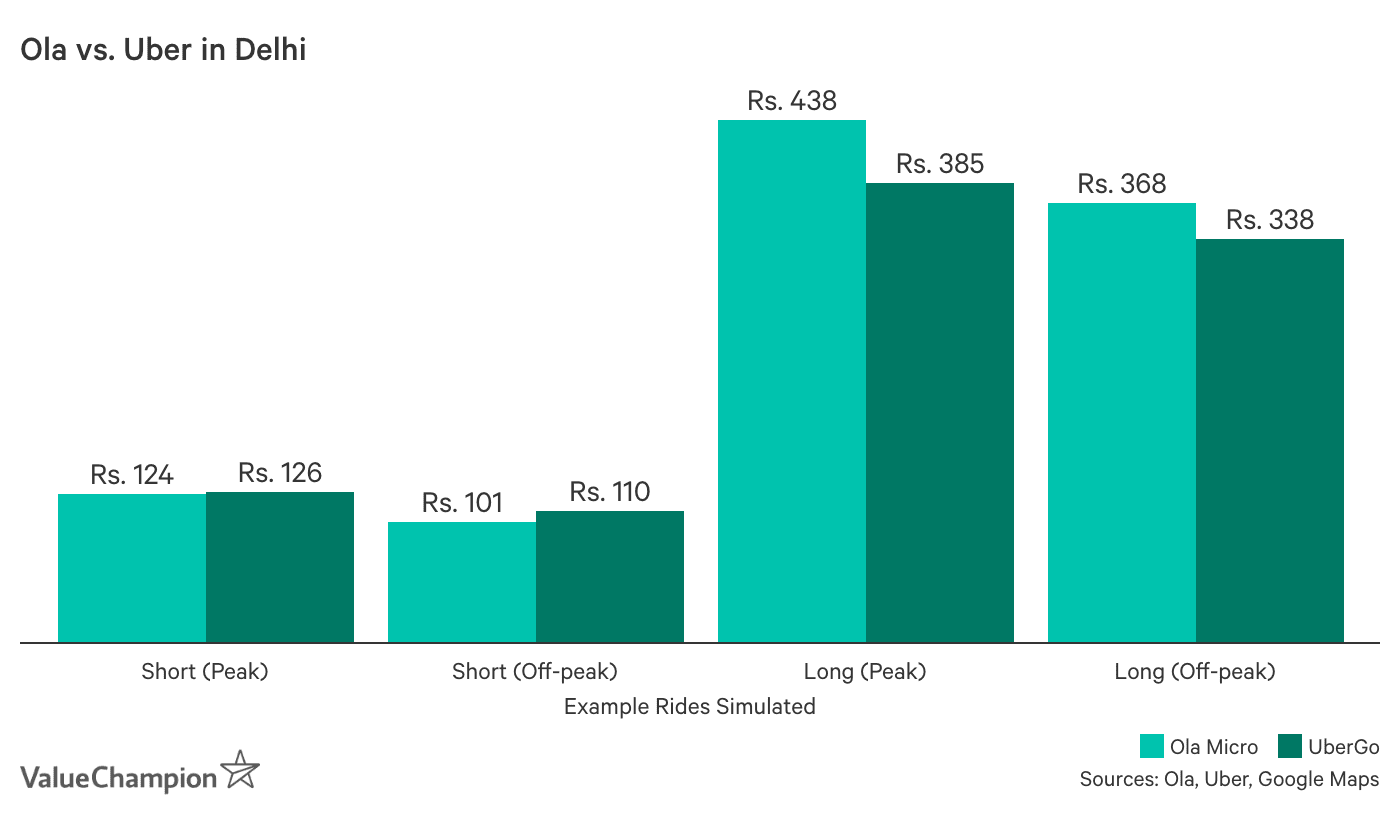
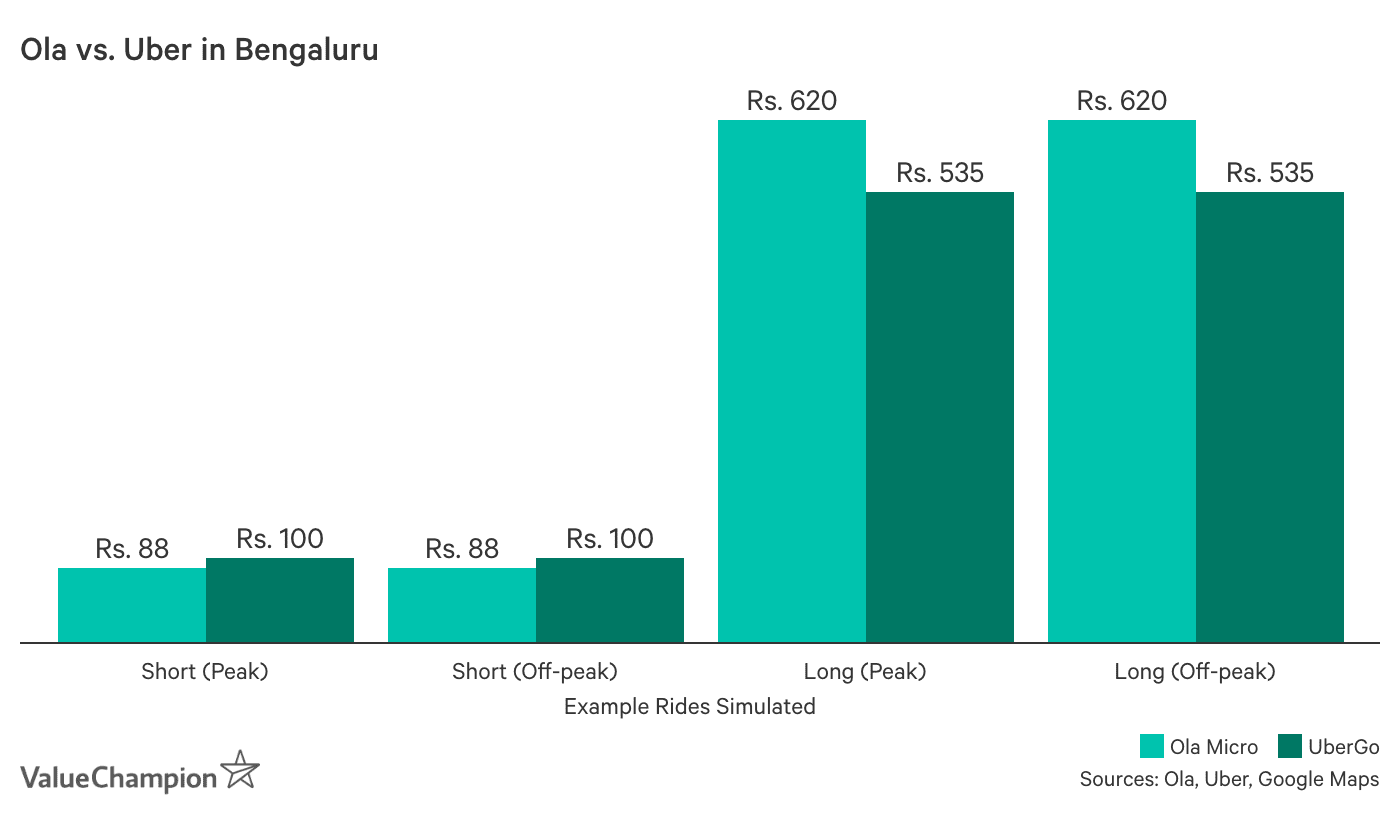
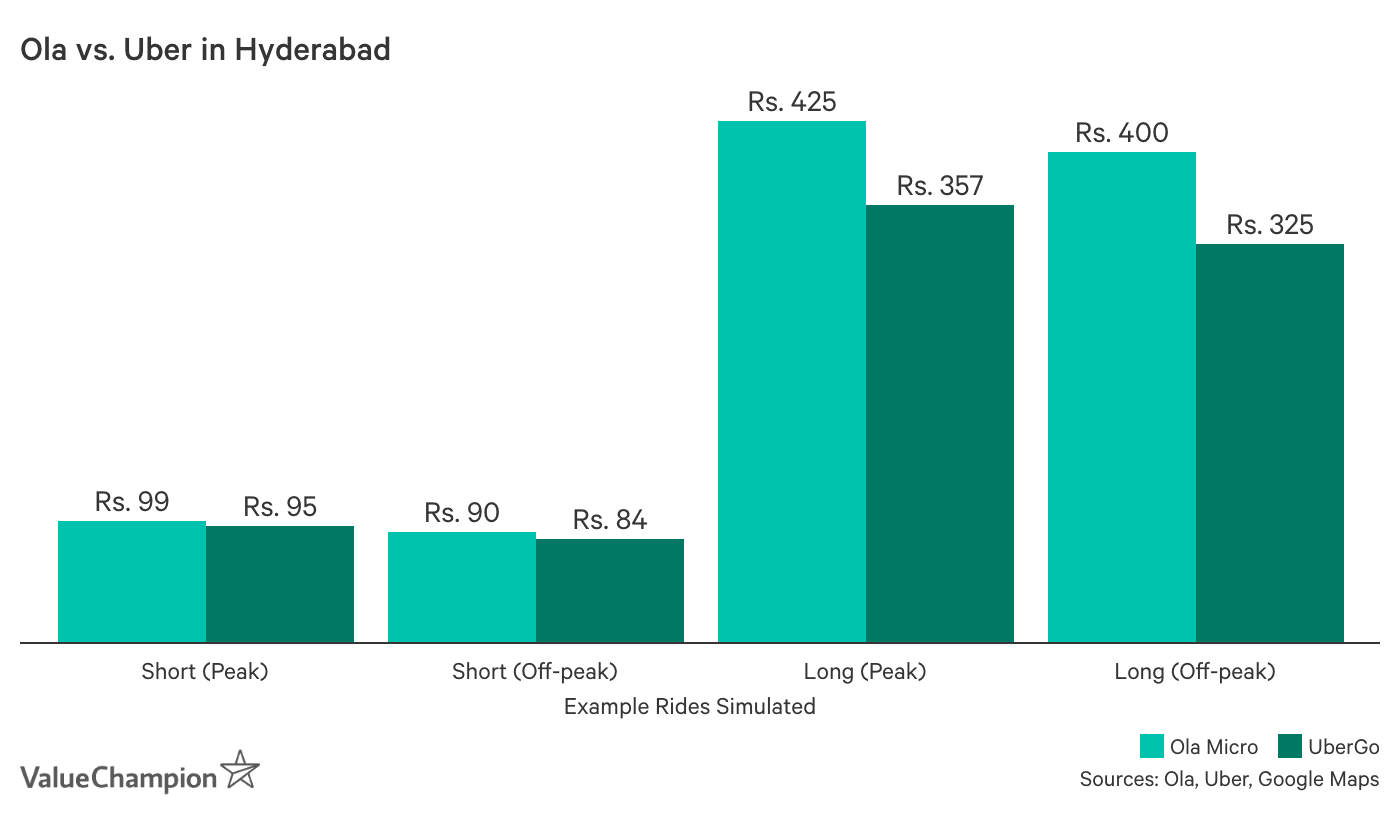
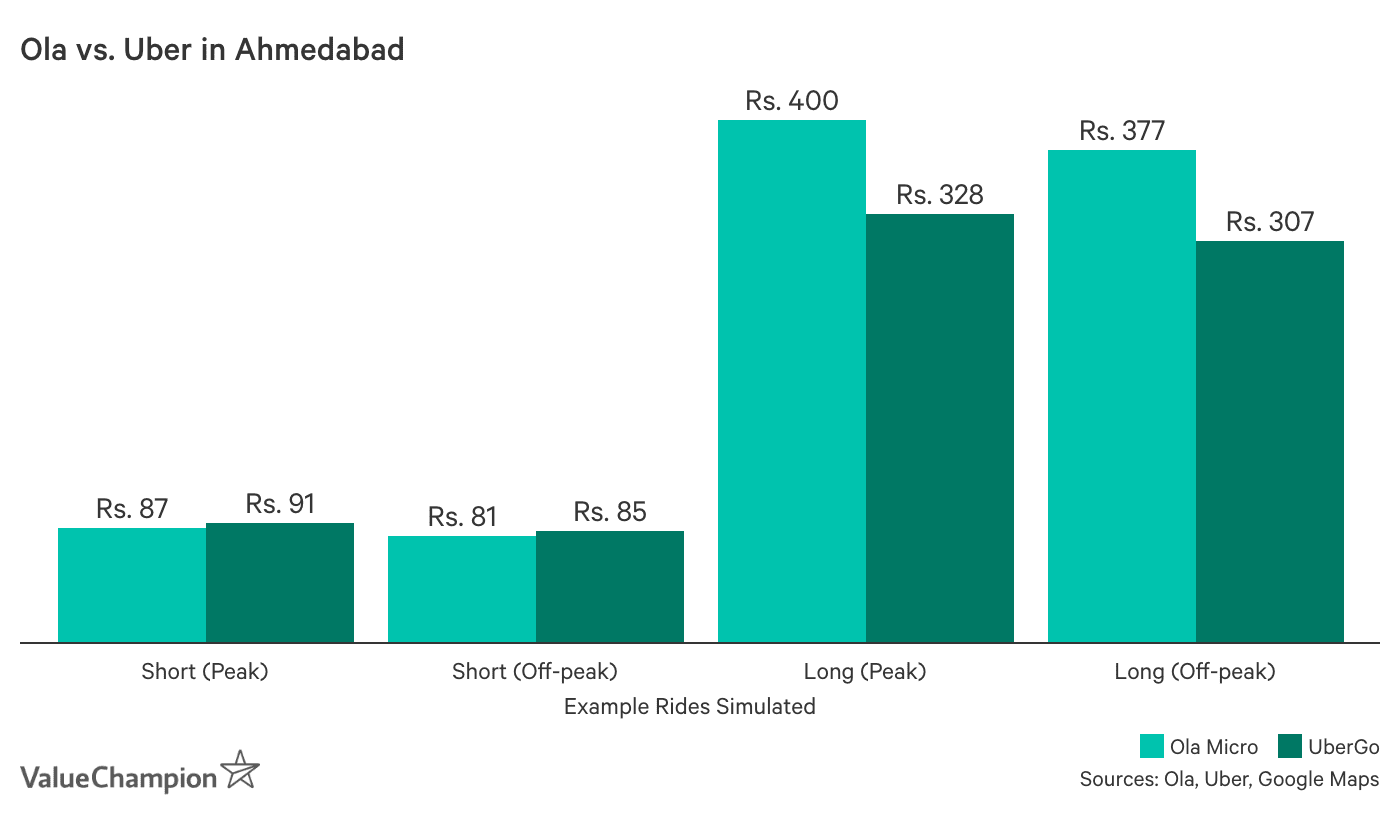


 Danone Nutricia Research
Danone Nutricia Research UOB Group
UOB Group Asia Pacific Telecom Group (APTG) 5G Accelerator
Asia Pacific Telecom Group (APTG) 5G Accelerator Bernofarm
Bernofarm Skyscanner
Skyscanner Asia Pacific Breweries Singapore
Asia Pacific Breweries Singapore